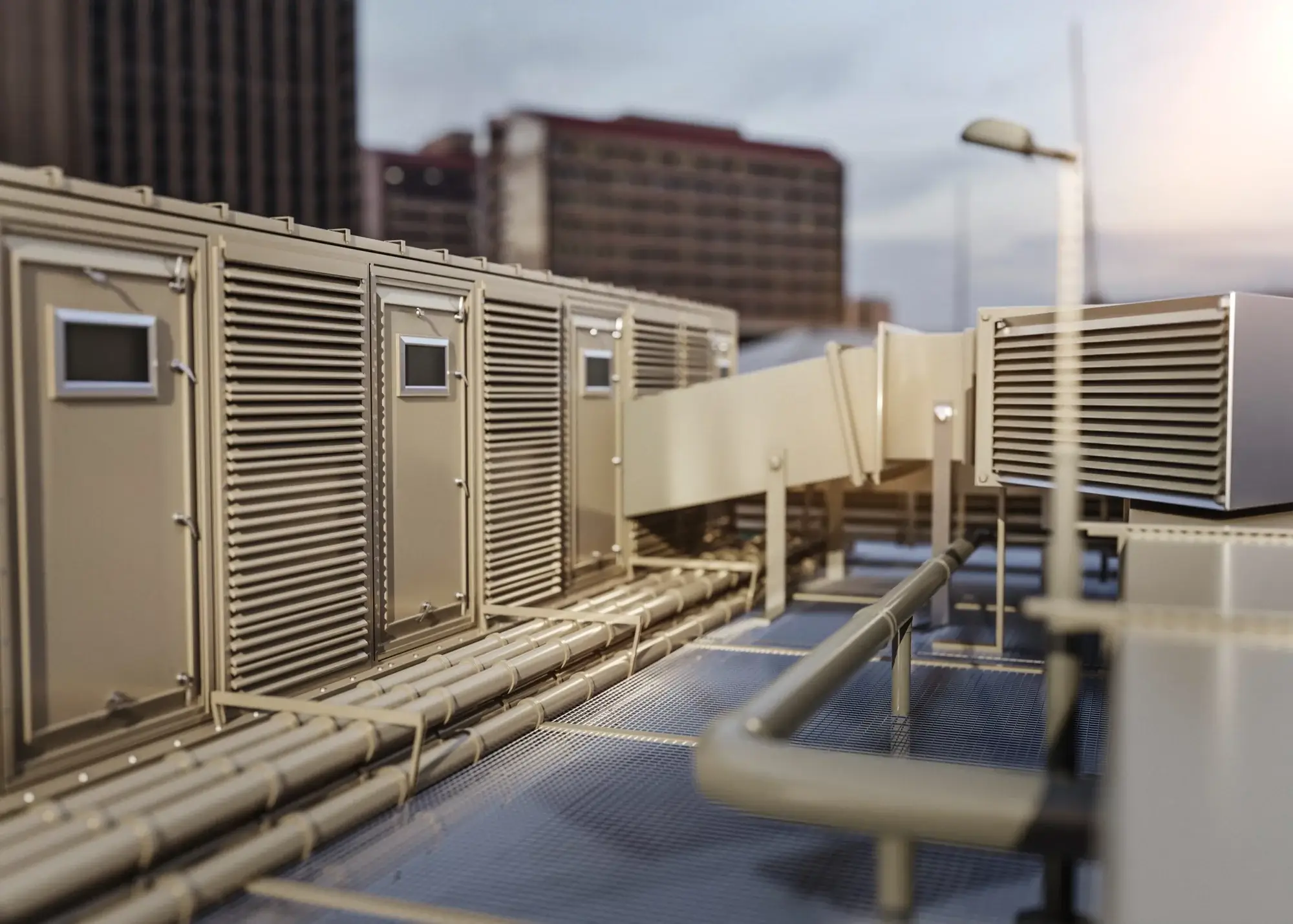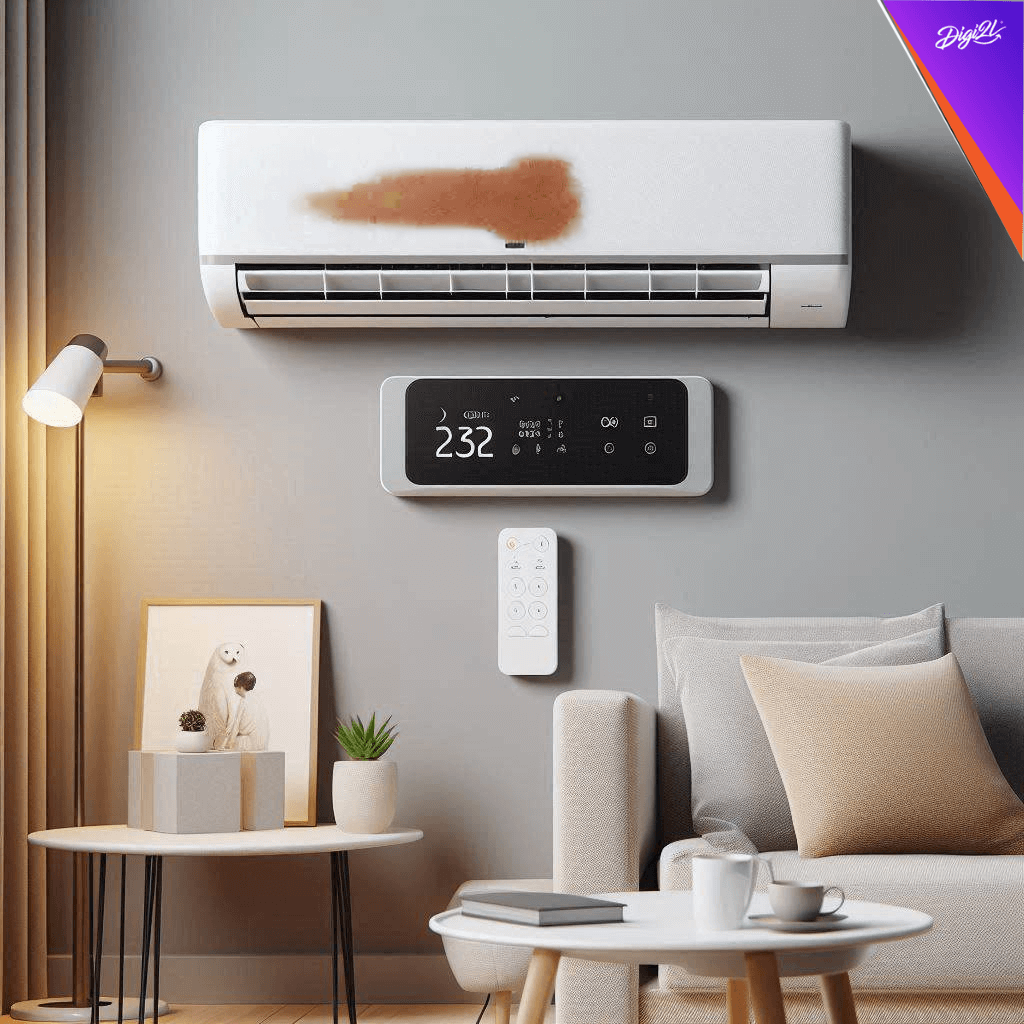
Please Wait ...


Blogs> Demystifying Air Conditioning and Central Heating/Cooling Systems: How Do They Work?

Air conditioning and central heating/cooling systems have become essential for maintaining comfortable indoor environments. Have you ever wondered how these systems work their magic? In this blog, we will delve into the workings of air conditioning and central heating/cooling systems, unraveling the science behind their operation.
Air Conditioning Systems:
Air conditioning systems employ a process known as refrigeration to cool indoor spaces. Here’s a breakdown of the key components and steps involved:
Central Heating/Cooling Systems:
Central heating/cooling systems use a combination of heat pumps or furnaces to regulate indoor temperature. Here’s an overview of their operation:
Air conditioning and central heating/cooling systems work by utilizing various components and processes to regulate indoor temperature. Whether it’s cooling or heating, these systems employ refrigeration, heat extraction, and air circulation techniques to create comfortable environments. Understanding the basics of how these systems work can help us appreciate the engineering behind them and make informed decisions regarding maintaining and upgrading our heating and cooling systems.
Remember, regular maintenance and professional servicing are crucial to ensure the optimal performance and longevity of these systems. Stay cool in summer and cozy in winter with the marvels of air conditioning and central heating/cooling technology!
Image by Freepik

By Digi2L - June 8, 2024

By Digi2L - June 7, 2024

By Digi2L - June 6, 2024